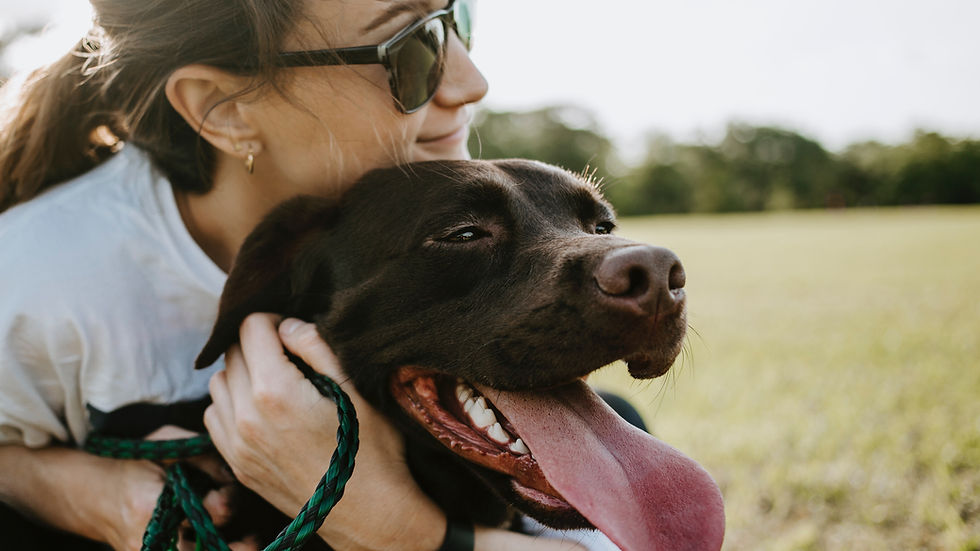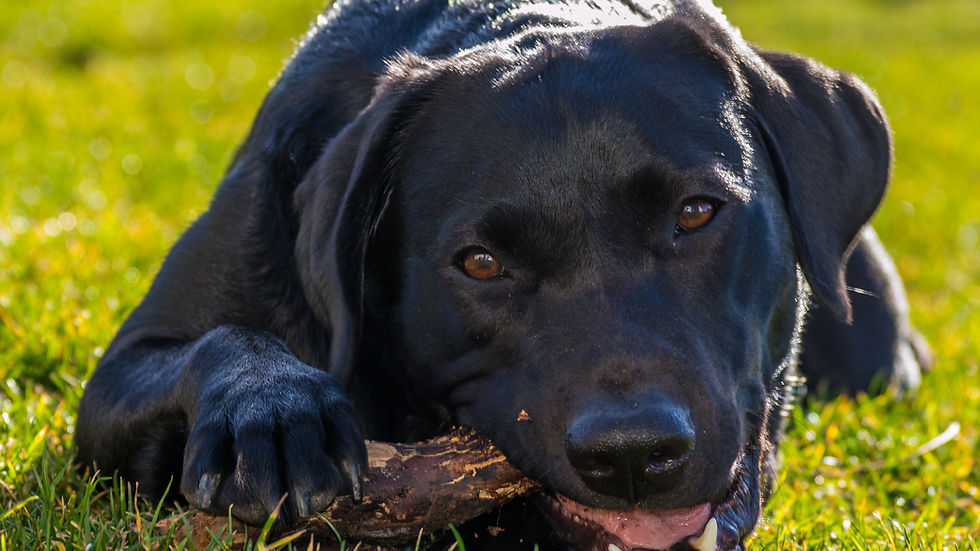Nearby Labrador Retriever Puppy Training: A Guide for New Owners
- Nearby Pets India

- Apr 4
- 3 min read
Updated: May 5
Introduction
Hey there, fellow dog lovers! Are you ready to dive into the world of Nearby Labrador Retriever puppy training? If you’ve just brought home a tiny furball of joy, you’re probably wondering how to transform that little bundle of energy into a well-behaved companion. Don’t worry; I’ve got your back!
Labrador Retrievers are known for their friendly nature and intelligence. This makes them one of the most popular dog breeds out there. But training them? Well, that’s a whole different ballgame! So, let’s embark on this exciting journey together.

Why Train Your Labrador Puppy?
The Importance of Training
Training isn’t just about teaching your pup to sit or stay. It’s about building a bond and creating a happy household. Proper training ensures that your furry friend behaves well in public. Think of it as giving your puppy a roadmap for life. Without it, they might just become the little tornado that destroys your living room!
Benefits of Training
1. Promotes Good Behavior
A well-trained puppy is less likely to chew on your favorite shoes or jump on your guests.
2. Strengthens the Bond
Training sessions are a fantastic way to connect with your pup. They’re like a special date, just the two of you!
3. Safety First
Teaching commands can keep your Labrador safe, especially when they encounter busy streets or other animals.

Getting Started with Training
Setting the Right Environment
Before you start training, create an environment conducive to learning. Find a quiet space with minimal distractions. Think of it as setting the stage for a performance; you want everyone to focus on the star of the show!
Positive Reinforcement
Labradors respond best to positive reinforcement. Instead of punishing undesirable behavior, reward good behavior with treats, praise, or playtime. It’s like throwing a mini-party every time your puppy does something right!
Basic Commands to Teach Your Labrador Puppy
Sit
This is the foundation of all commands. Here’s how to do it:
Hold a treat close to your puppy’s nose.
Move your hand up, allowing their head to follow the treat. This will cause their bottom to lower.
Once they’re in a sitting position, say “Sit,” and give them the treat.
Stay
This command can be a lifesaver!
Ask your puppy to sit.
1. Open your palm in front of you and say “Stay.”
2. Take a few steps back. If they stay, reward them!
Come
This is crucial for their safety.
Put a leash on your puppy and let them wander a bit.
1. Say “Come” while gently pulling on the leash.
2. When they come to you, celebrate with a treat!
Ask your puppy to sit.
Open your palm in front of you and say “Stay.”
Take a few steps back. If they stay, reward them!
Come
This is crucial for their safety.
Put a leash on your puppy and let them wander a bit.
Say “Come” while gently pulling on the leash.
When they come to you, celebrate with a treat!
Socialization: The Key to a Well-Rounded Dog
Meeting New People and Pets
Socialization is vital in your Labrador’s training. Expose them to various environments, people, and other dogs. It’s like introducing them to a big, wonderful world out there!

Puppy Classes
Consider enrolling your pup in a puppy training class. It’s a fantastic way for them to learn and socialize. Plus, you’ll meet other dog owners and share stories. Who knows? You might even make a new friend!
Common Training Challenges
Chewing
Puppies love to chew! Instead of scolding them, provide appropriate chew toys. Redirect their attention to something they can munch on.

Barking
If your Labrador has a barking problem, identify the triggers. Is it boredom? Fear? Teach them to “quiet” and reward them when they stop barking.
Conclusion
Training your Labrador Retriever puppy is an exciting adventure filled with challenges and rewards. Remember, patience is key! Celebrate the small victories and keep the training sessions fun.
So, grab those treats and get started! Your future well-behaved Labrador will thank you for it. Happy training!



Comments